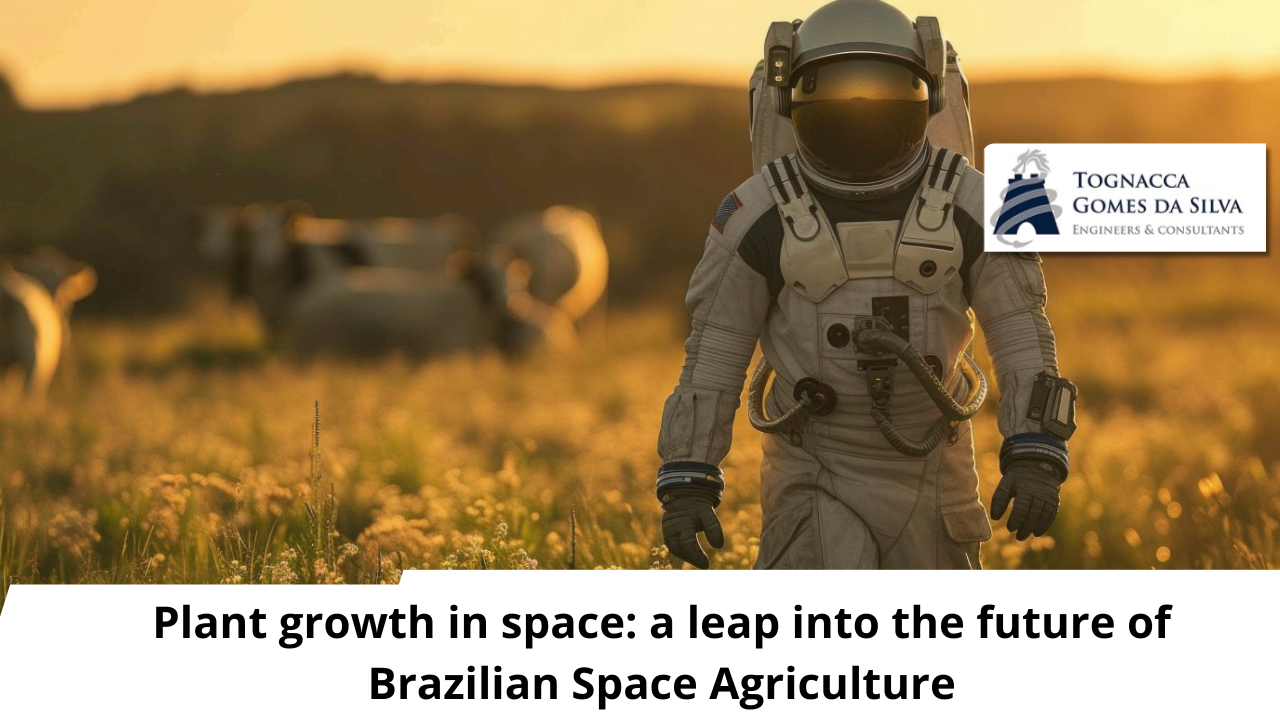In the infinite universe of possibilities, Brazilian space agriculture emerges as an exciting and challenging frontier.
A colossal potential for agriculture
Around 40 researchers from 13 renowned Brazilian institutions came together to explore this still little-known terrain. But with colossal potential for the future of humanity and space exploration. The innovative partnership between Embrapa and the Brazilian Space Agency (AEB) in September 2023 marks a significant step in Brazil’s contribution to NASA’s Artemis program, which aspires to establish sustainable bases on the Moon and, eventually, Mars.
This audacious move is not only a step in the global space race, but also a reflection of the recognition of Brazilian expertise in agronomy.
Therefore, with its gaze fixed on the stars, Brazil seeks to replicate its agricultural success in the vast and inhospitable expanses of space.
The science behind Brazilian space agriculture
Growing food outside of Earth presents unique challenges: microgravity, cosmic radiation, and the absence of essential natural resources like water and oxygen. However, innovation in the form of space greenhouses and the development of techniques such as hydroponics and aeroponics are paving the way to overcome these barriers. NASA researchers have already made significant advances using LED lights to optimize growing in controlled environments, a technology that now also powers urban vertical farms.
On the International Space Station, advanced systems like Veggie and APH allow astronauts to enjoy fresh vegetables, an achievement that underscores the viability of agriculture in extreme environments and the importance of freshness and nutrition on long space missions.
The Brazilian contribution: sweet potatoes and chickpeas in space
Under the leadership of Alessandra Fávero, an agricultural engineer at Embrapa, Brazil focuses on adapting two robust crops: sweet potatoes and chickpeas. These plants were chosen not only for their nutritional importance, providing essential carbohydrates and proteins, but also for their ability to adapt to adverse conditions, such as those found in space.
Therefore, this research seeks to develop cultivars that resist microgravity and radiation conditions, which are essential to guarantee the food security of future extraterrestrial colonies. The work of selecting plants that are more efficient in the use of water and nutrients and more resistant to environmental stress is crucial to this objective.
Innovative technologies for space crop monitoring
A fascinating aspect of space agriculture is the development of technologies that allow crops to be monitored and adjusted remotely. Gustavo Maia, from the Federal University of Pelotas, is at the forefront of developing plant-computer interfaces that use bioelectric signals to monitor the physiological state of plants. This technology not only allows for precise interventions without direct human intervention, but can also provide valuable insights into plant health in extreme environments.
Perspectives and expansion of research
The country’s commitment to Brazilian space agriculture does not end here. The network of researchers plans to expand their investigations, possibly carrying out experiments on the ISS, and is seeking financial support to take their vision forward. With potential funding of R$20 million from AEB and international collaborations, the project is positioned at the frontier of agricultural and space science. This project not only elevates Brazil’s status in the international scientific community, but also has the potential to revolutionize the way we think about farming and sustainability, both on Earth and beyond.
( fonte: bruna oliveira/ digital agro)



